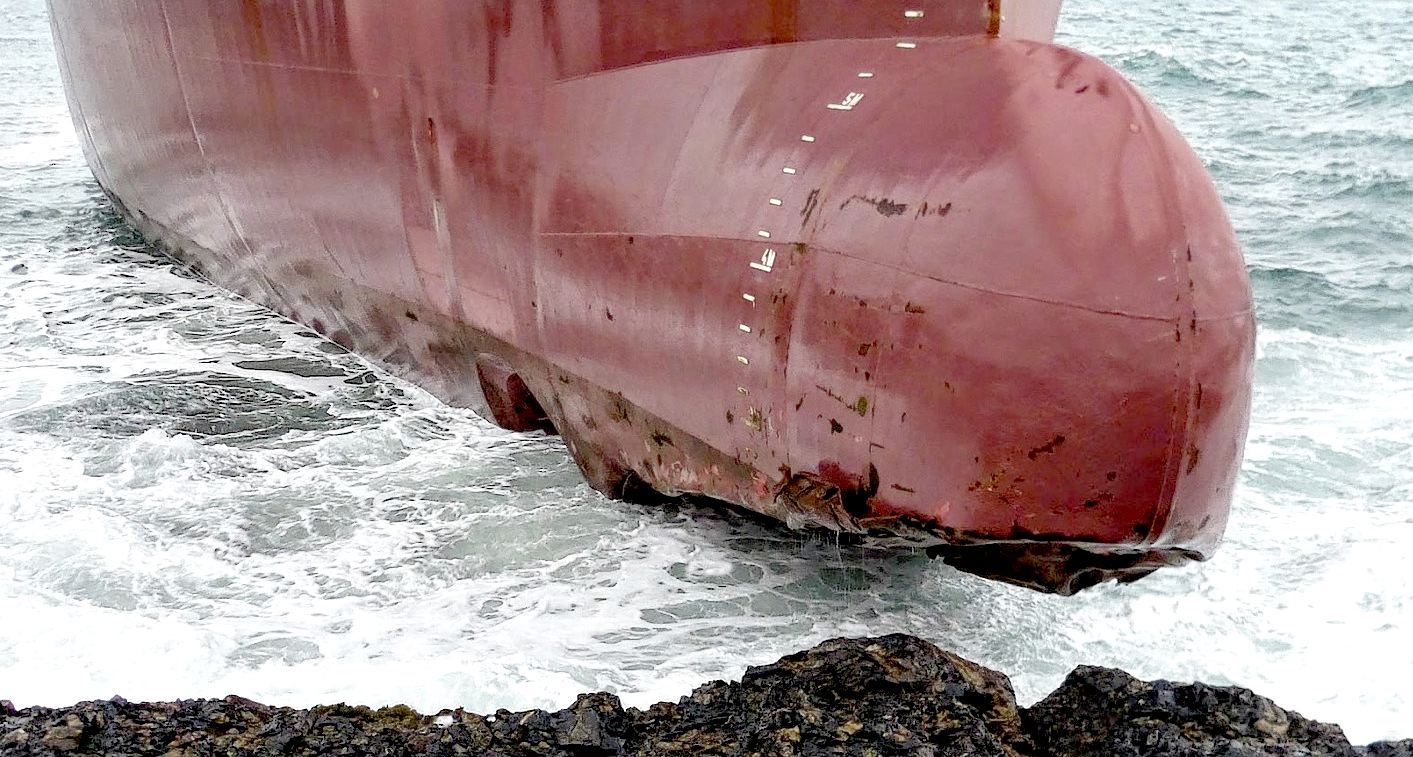|
RULE 10 - COLREGs for AUTONOMOUS VESSELS
Please use our A-Z INDEX to navigate this site or return HOME
|
|
COLREGS - The Rules are divided into five parts A-E - General Rules (A), Steering and Sailing (B), Lights and Shapes (C), Sound and Light (D) and Exemptions (E).
The effectiveness of traffic separation schemes can be judged from a study made by the International Association of Institutes of Navigation (IAIN) in 1981. This showed that between 1956 and 1960 there were 60 collisions in the Strait of Dover; twenty years later, following the introduction of traffic separation schemes, this total was cut to only 16.
(a) This Rule applies to traffic separation schemes adopted by the Organization and does not relieve any vessel of her obligation under any other Rule.
(b) A vessel using a traffic separation scheme shall:
(i) proceed in the appropriate traffic lane in the general direction of traffic flow for that lane;
(c) A vessel shall, so far as practicable, avoid crossing traffic lanes but if obliged to do so shall cross on a heading as nearly as practicable at right angles to the general direction of traffic flow.
(d) :
(i) A vessel shall not use an inshore traffic zone when she can safely use the appropriate traffic lane within the adjacent traffic separation scheme. However, vessels of less than 20 metres in length, sailing vessels and vessels engaged in fishing may use the inshore traffic zone.
(ii) Notwithstanding sub-paragraph (d) (i), a vessel may use an inshore traffic zone when en route to or from a port, offshore installation or structure, pilot station or any other place situated within the inshore traffic zone, or to avoid immediate danger.
(e) A vessel other than a crossing vessel or a vessel joining or leaving a lane shall not normally enter a separation zone or cross a separation line except:
(i) in cases of emergency to avoid immediate danger;
(f) A vessel navigating in areas near the terminations of traffic separation schemes shall do so with particular caution.
(g) A vessel shall so far as practicable avoid anchoring in a traffic separation scheme or in areas near its terminations.
(h) A vessel not using a traffic separation scheme shall avoid it by as wide a margin as is practicable.
(i) A vessel engaged in fishing shall not impede the passage of any vessel following a traffic lane.
(j) A vessel of less than 20 metres in length or a sailing vessel shall not impede the safe passage of a power-driven vessel following a traffic lane.
(k) A vessel restricted in her ability to manoeuvre when engaged in an operation for the maintenance of safety of navigation in a traffic separation scheme is exempted from complying with this Rule to the extent necessary to carry out the operation.
(l) A vessel restricted in her ability to manoeuvre when engaged in an operation for the laying, servicing or picking up of a submarine cable, within a traffic separation scheme, is exempted from complying with this Rule to the extent necessary to carry out the operation.
Rule 1 states that the rules apply to all vessels
on the high seas and connected waters.
Rule 7
risk assumptions shall not be made on scanty (radar) information.
Part C - LIGHTS & SHAPES (Rules 20-31)
Part D - SOUND AND LIGHT SIGNALS - DEFINITIONS (Rules 32-37)
Part E - EXEMPTIONS - Rule 38
Part F - Convention compliance verification provisions Rules 39 - 41
Annex I - Positioning and technical details of lights and shapes
Annex II - Additional signals for fishing vessels fishing in close proximity
International Maritime Organization (IMO) 4 Albert Embankment, London SE1 7SR United Kingdom
LINKS & REFERENCE
http://www.solarnavigator.net/boats/collision_at_sea_regulations_colregs.htm http://www.solarnavigator.net/boats/collision_at_sea_regulations_colregs.htm https://www.bluebird-electric.net/COLREGS_International_Regulations_for_Preventing_Collisions_at_Sea_1972.htm
|
|
|
Please use our A-Z INDEX to navigate this site
This website is Copyright © 2020 Jameson Hunter Ltd
|



